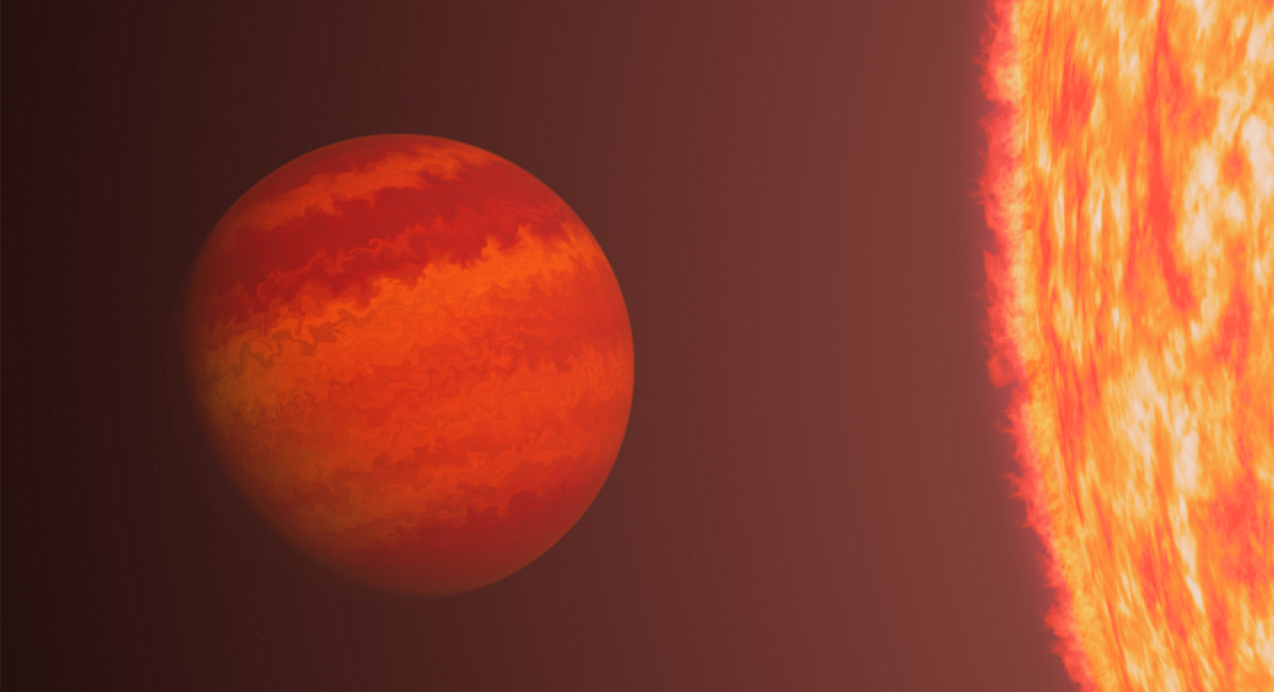While we have yet to identify life on any other planet or anywhere else in space, a new study has revealed the telltale signs which could indicate a planet being inhabited.
Researchers at the University of California, Riverside (UCR) discovered that greenhouse gases, much like the ones emitted by our very own planet, could potentially mean that a distant world has been terraformed or at least, artificially altered for hosting life.
These key signatures identified by researchers are methane, ethane, and propane, alongside gases made of nitrogen and fluorine, or sulfur and fluorine which could hint to technology-utilizing life forms. The gases proposed are used on Earth in industrial applications such as manufacturing computer chips.
According to Edward Schwieterman, a UCR astrobiologist and lead study author:
“For us, these are bad because we don’t want to increase warming.
But they’d be good for a civilization that perhaps wanted to forestall an impending ice age or terraform an otherwise uninhabitable planet in their system, as humans have proposed for Mars.”
“Since these gases are not known to occur in significant quantities in nature, they must be manufactured. Finding them, therefore, would be a sign of intelligent, technology-using life forms. Such signs are called technosignatures.”
The advantage is that gases like sulfur fluoride have 23,500 times the warming power of carbon dioxide and just a small amount could heat a frozen planet to the point where liquid water could persist on the surface.
The proposed gases are exceptionally long-lived and would persist in an Earth-like atmosphere for as much as 50,000 years. Replenishing these gases would not need to happen often to maintain a hospitable climate.
Others have proposed refrigerant chemicals like Chlorofluorocarbons or CFCs as technosignature gases because they are almost exclusively artificial and visible in Earth’s atmosphere. Although CFCs are known to destroy the ozone layer and wouldn’t promote an oxygen-rich atmosphere. CFCs are also short lived and more difficult to detect.
Enthusiasm for the potential of finding signs of intelligent life was shared by the other members of the research team. Our current technology is much closer to achieving that goal.
Daniel Angerhausen of the Swiss Federal Institute of Technology stated:
“Out thought experiment shows how powerful our next-generation telescopes will be.
We are the first generation in history that has the technology to systematically look for life and intelligence in our galactic neighborhood.”
Source: Ancient Origins
Ask me anything
Explore related questions





